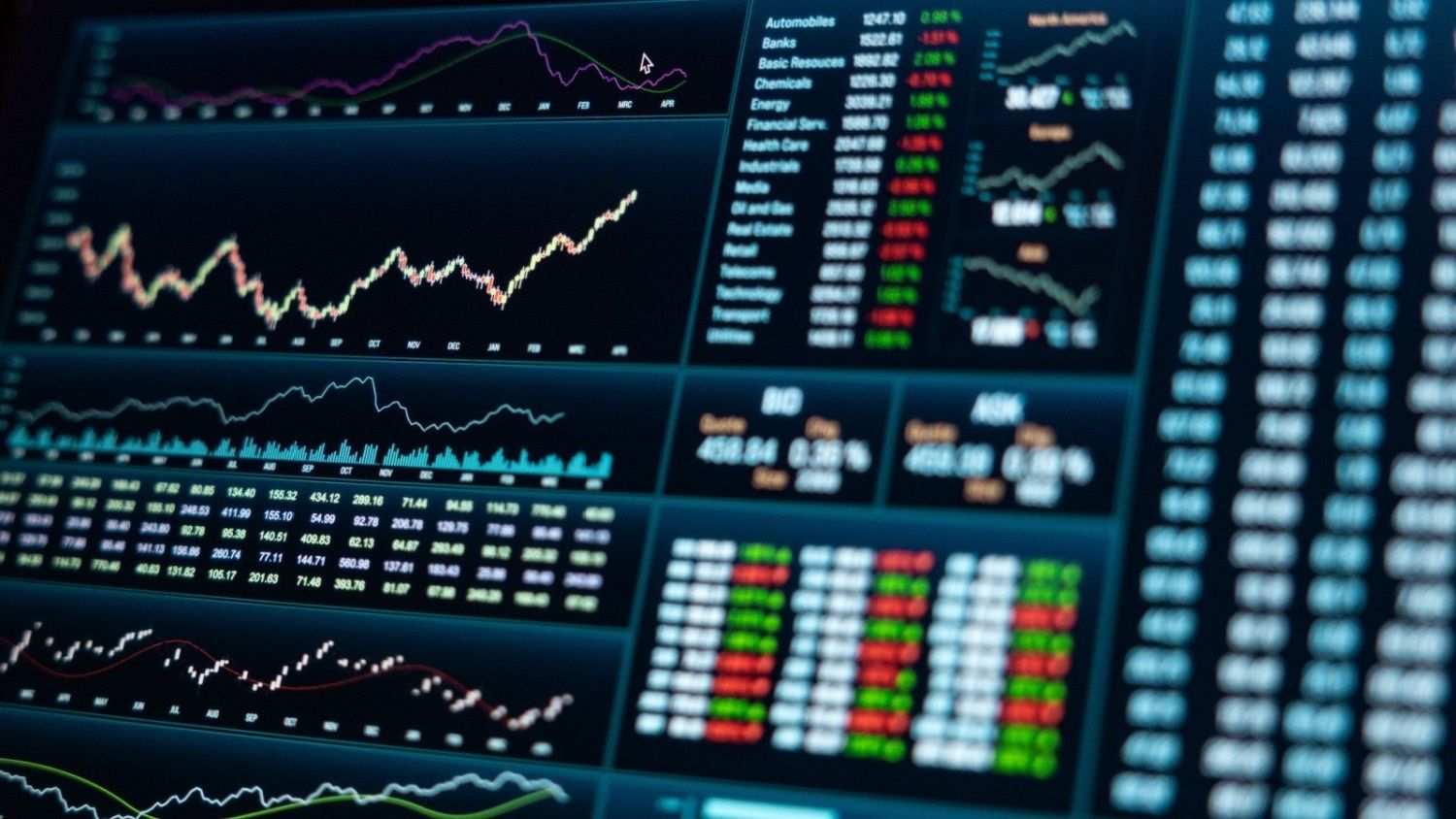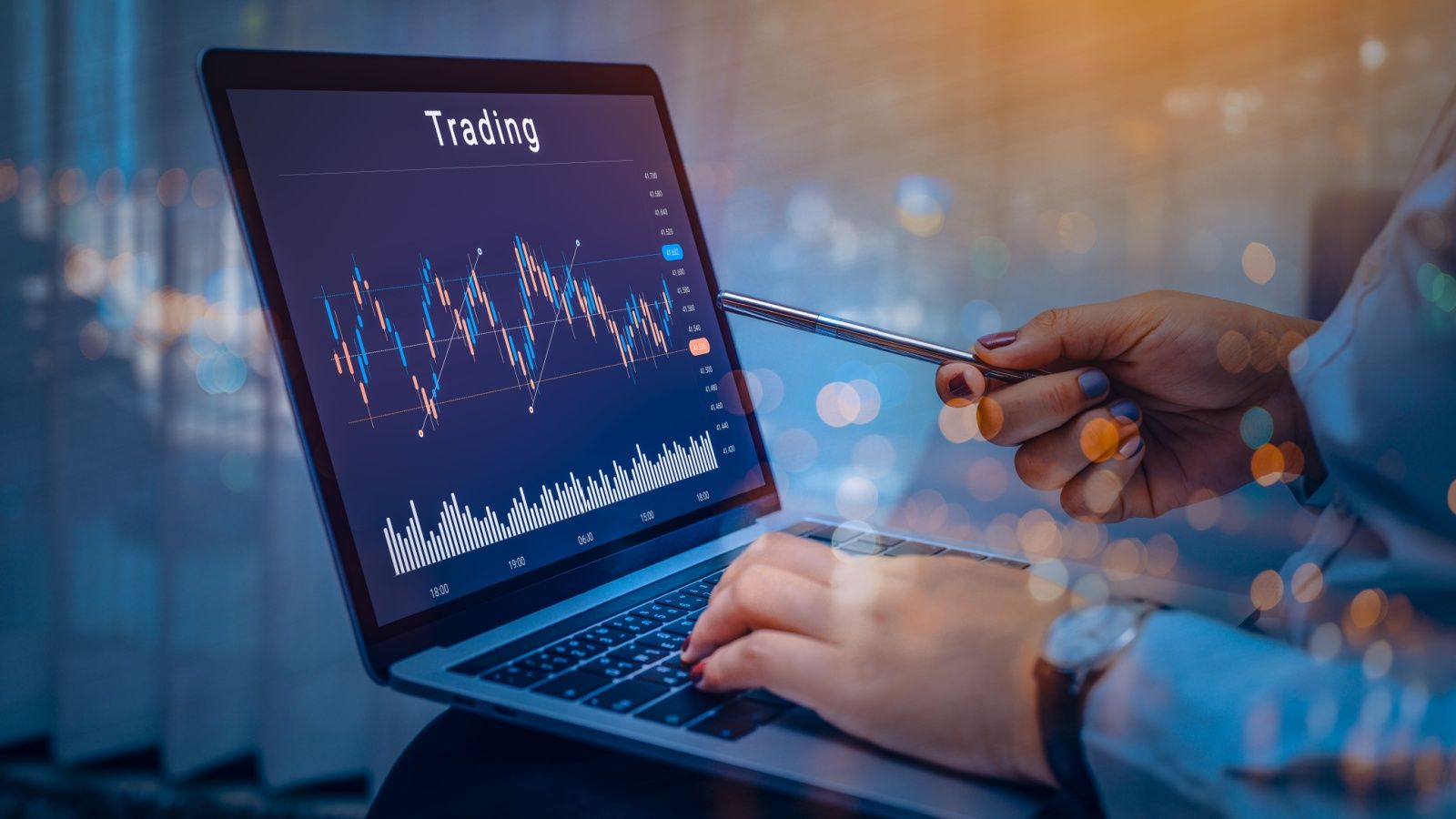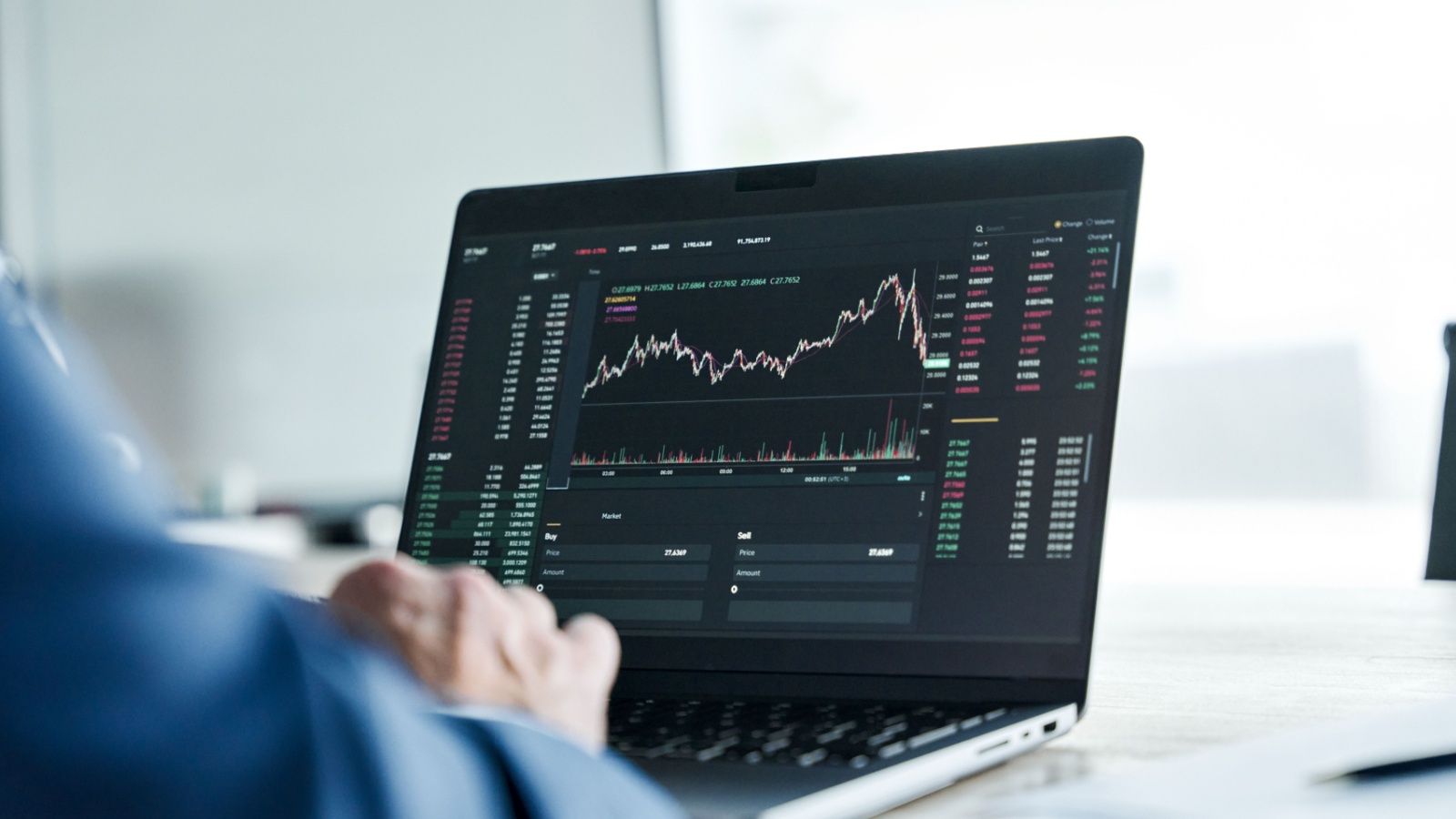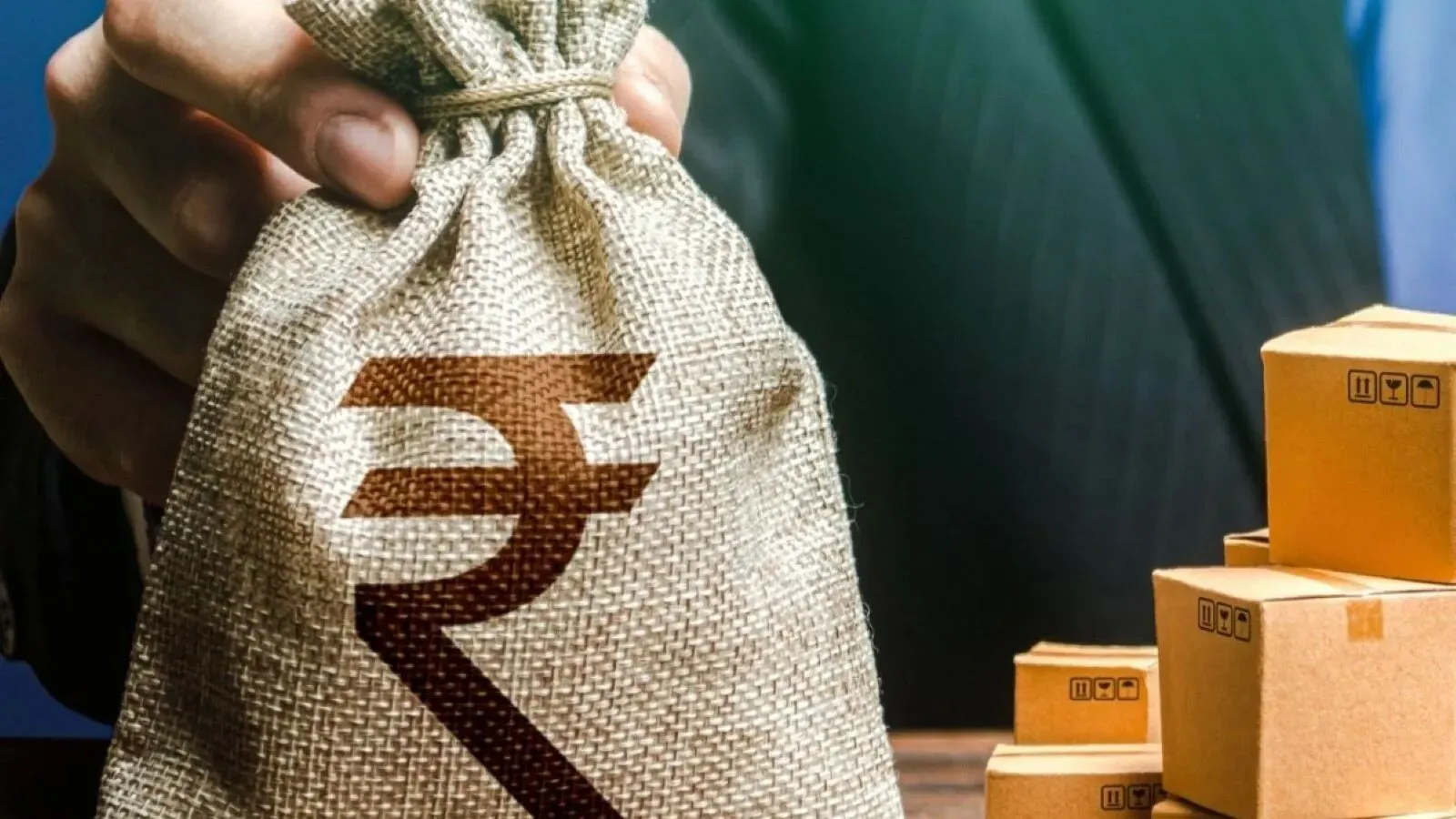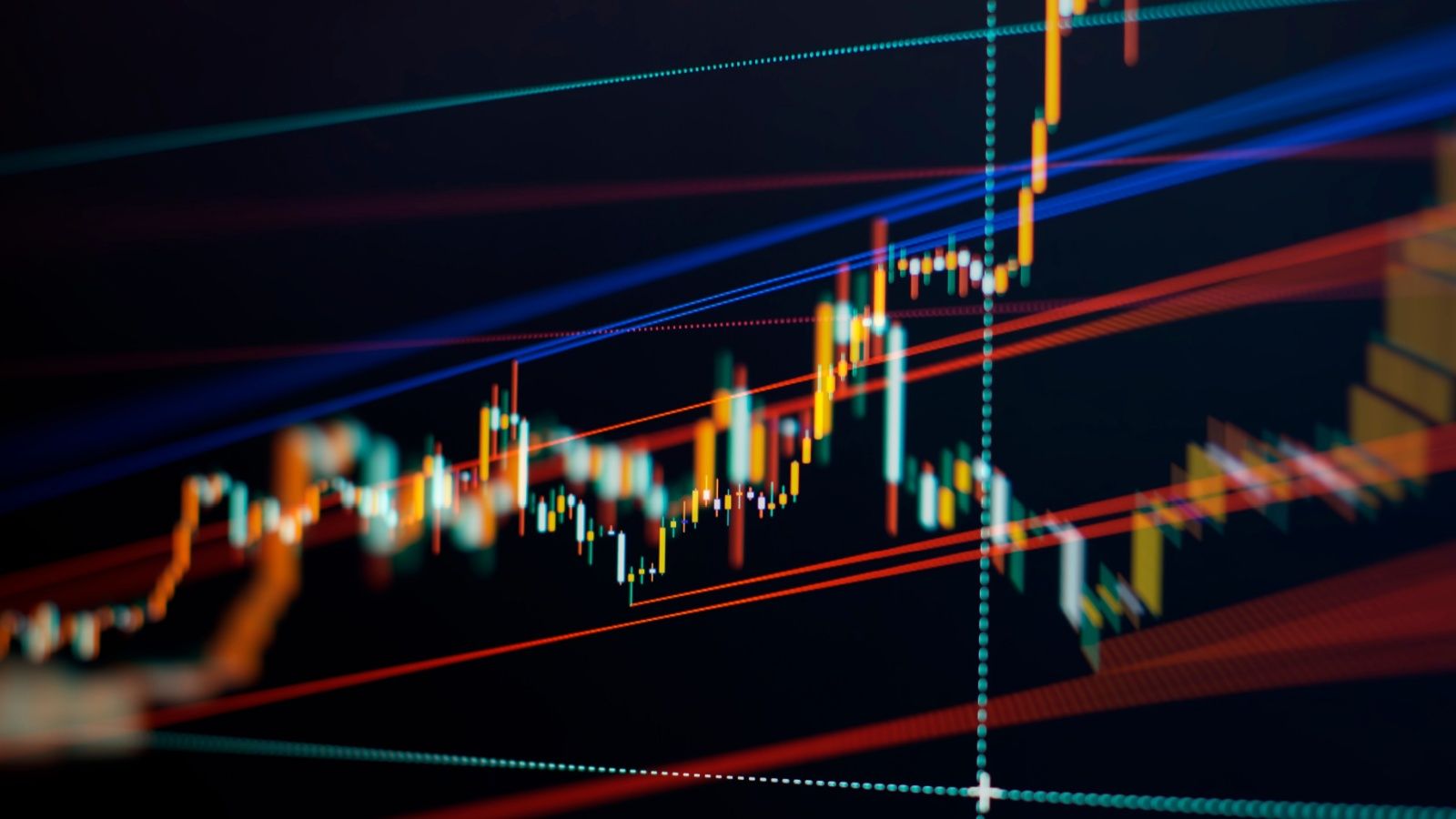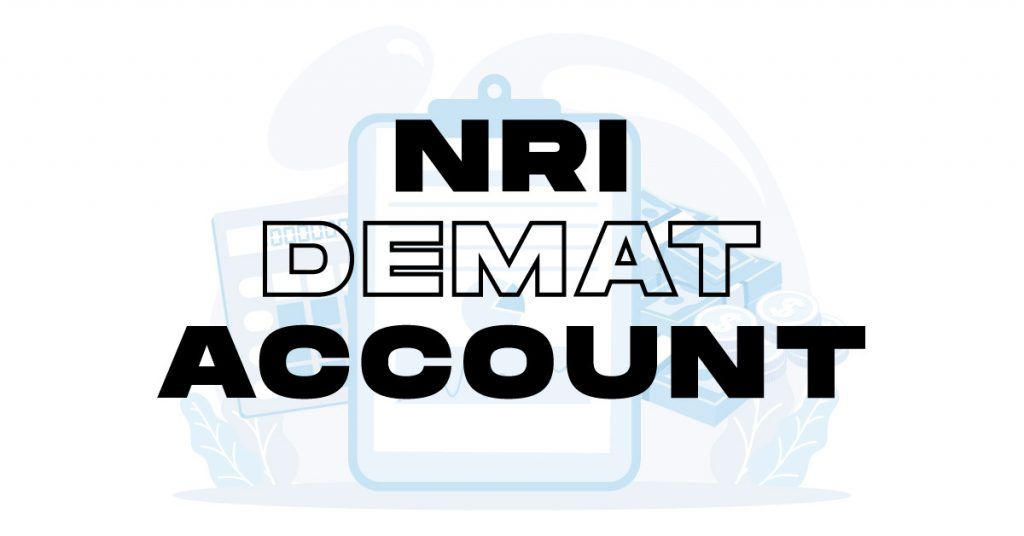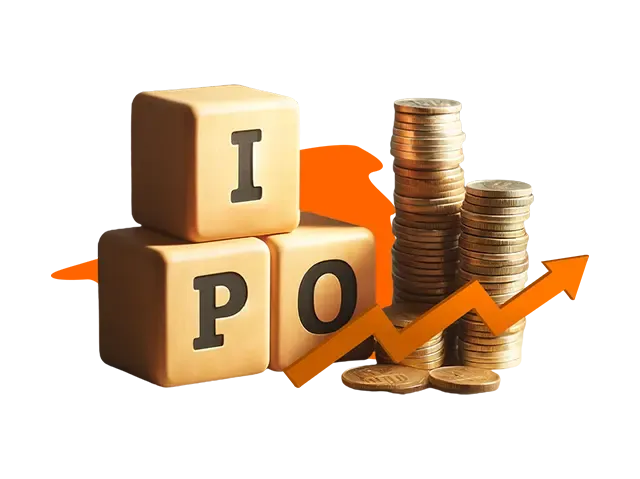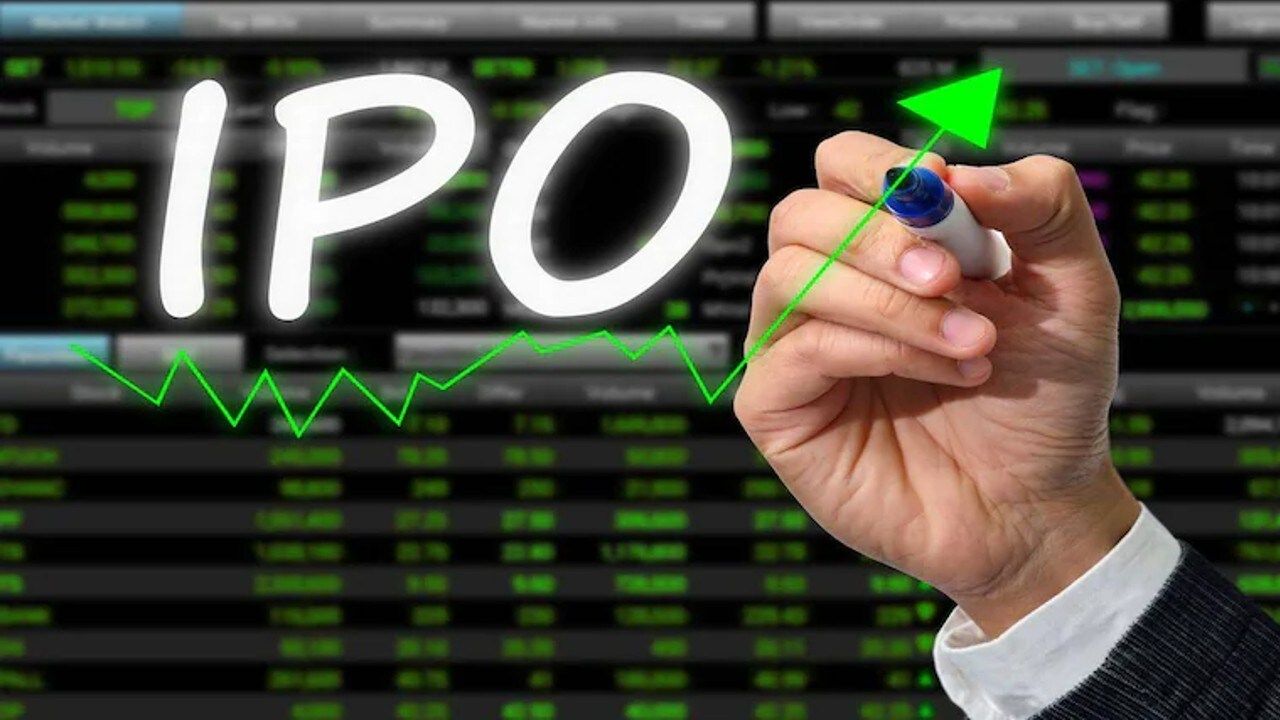What is the Issue Price in IPO?
Written by Upstox Desk
Published on July 31, 2025 | 9 min read

An IPO or Initial Public Offering is the process by which a company goes from being a privately held firm to a publicly traded company. This situation typically arises when a business needs to raise money to finance development or expansion.
To file an IPO, a company must appoint a merchant banker to help the company with the necessary paperwork. The company will then need to file a Draft Red Herring Prospectus with SEBI. SEBI will review it and provide comments within 21 days. The company can then make any necessary changes and re-file it with SEBI. Once approved, the company can move on to filing its final offer document, called a prospectus, with SEBI.
What is the Issue Price in an IPO?
When a company goes public, it will work with an investment bank to determine the best price to sell the shares. The investment bank will also help to promote the IPO and get people interested in buying the shares. The price at which the shares are sold is called the issue price.
The issue price is important because it will determine how much money the company can raise from the IPO. The company will want to set the price high enough to raise enough money for its needs but not so high that no one buys the shares. If no one buys the shares, then the company will not be able to raise any money.
Also, it will affect how much each shareholder owns the company.
The price is set by the investment bank that is underwriting the IPO. The underwriter will consider several factors when setting the price, including the current market conditions, the company's financial history and how much demand there is for the stock.
Investors pay close attention because it can greatly impact how much money they make (or lose) on their investment. If the stock prices surge after the IPO, those who got in at the issue price will see a nice return on their investment. However, investors may be stuck with losses if the stock price falls.
How is the Issue Price determined?
When a company plans to go public, a number of factors go into determining the issue price for its initial public offering (IPO).
- It is essential because it determines how much money the company will raise from the IPO. The higher the price, the more money the company will raise, and there will be less dilution. It also affects how much dilution there will be for existing shareholders.
- A critical factor in setting the issue price is the demand from potential investors. The company can set a higher price if there is high demand for the stock. The underwriters of the IPO will also play a role in developing the price based on their assessment of investor demand and their own goals for the deal.
- Another key consideration is the company's financial situation. If the company is doing well and growing rapidly, it may be able to command a higher price for its shares.
- The price is also affected by what type of offering it is.
What is the Face Value of an IPO?
The face value of an IPO can be defined as the price set by the issuing company at which the shares will be sold to investors. This price is usually set at a discount to the market price to attract buyers. It does not necessarily reflect the true value of the company or its shares.
How to calculate IPO Listing Price?
The listing price is the price at which a company's shares will be traded when they are first listed on a stock exchange. The calculation is based on the company's share price, the number of shares being offered, and the demand for the shares.
Here's how to calculate the listing price:
- Determine the company's share price. This can be found in its financial filings or from a broker.
- Multiply the share price by the number of shares being offered. This will give you the total value of the IPO.
- Divide the total value by the number of outstanding shares. This will give you the IPO share price.
What is the difference between the Issue Price and Market Price?
There are two types of prices when discussing stocks: the issue price and the market price.
The issue price is the price at which the company sells its shares to investors, while the market price is the stock's current trading price.
The difference between these two prices can be significant, and understanding how they are determined is essential for making informed investment decisions.
The issue price is set by the company when it first sells shares to investors and is usually based on the amount of money the company needs to raise. On the other hand, the market price may be higher or lower than the issue price. The market price is determined by supply and demand in the open market. If more people buy a stock than sell it, the price will go up. Conversely, the price will go down if more people are selling stock than buying it. This is known as "pop." When demand is low, the market price may trade below the issue price; this is called a "flop.
What is the difference between the Issue Price and the Listing Price?
There are several important differences between the IPO issue price and the listing price. The Issue Price is the price at which the shares are first sold. The listing price is the price at which the shares trade on a stock exchange after the IPO.
- First, the issue price is set by the company, while the listing price is determined by supply and demand in the market.
- Second, it is usually lower than the listing price because it reflects the risk investors take when buying shares in a new company. The listing price may be higher or lower, depending on how much demand there is from investors on the stock exchange.
- Finally, it may differ from the listing price depending on whether there are restrictions on how soon investors can sell their shares.
What is the difference between IPO Face Value and Issue Price?
- The face value of a share is the original price set by the company when the shares are first issued. The issue price is the price at which shares are actually sold to investors in an IPO.
- The face value and issue price are not always the same. If a company's shares are undervalued, the face value may be higher than the issue price. This can happen if there is high demand for the shares from investors or if the company is confident its stock will increase in value over time. The reverse can also occur if a company's shares are overvalued. The face value may be lower than the issue price in this case.
- The IPO face value is the original value of the shares set by the company. The issue price is the price at which the shares are offered to investors.
- The face value is generally much lower than the issue price. The difference between the two prices is how the company makes money from going public.
- Investors are willing to pay more than the face value because they believe the stock will go up once it starts trading on the open market.
What is the cut-off price for an IPO?
When a new company goes public, they set a cut-off price for its IPO. This is the minimum price that they are willing to sell their shares. If the market meets this price, then the company will sell shares. Cut-off prices are typically set by investment banks that are underwriting the IPO. They use various factors to determine the cut-off price, including the current market conditions and the perceived risk of the new company.
IPOs can be riskier than investing in an already publicly traded company because there is often more uncertainty surrounding a new company's future prospects. As such, investors may be willing to pay less for a new company's shares than an established company. This can make it difficult for a new company to get its shares off the ground.
Frequently Asked Questions (FAQs):
Q. How is the cut-off price decided?
The issuer and underwriter will consider several factors when determining the cut-off price, including:
-The level of interest from potential investors
-The economic conditions at the time of the offering
-The anticipated market reaction to the offering
Q. How many days will an IPO remain open for the public?
The answer to this question depends on several factors, including the type of security being offered, the country where the offering is taking place, and the regulations of the exchange on which it is being traded. In general, most IPOs will remain open for between three and five days.
Q. Who decides the Listing Price?
The decision of how to price an IPO is made by the investment bankers representing the company going public. They use their knowledge of the market and recent trends to set a price to ensure that all shares are sold on the first day of trading. However, they also want to set a low enough price so that early investors see a return on their investment when the stock begins trading at a higher price.
Q. What is the Listing Price in Stock Market?
The listing price is the price at which traders will trade the security on the stock exchange. The issue price is usually set by the investment banks underwriting the IPO. The listing price is important because it is the price at which investors buy and sell the stock. The listing price is also used to calculate a company's market capitalisation. Market capitalisation is calculated by multiplying the number of shares outstanding by the listing price.
Q. Can I apply for an IPO through multiple applications under the same name?
You can apply for an IPO through multiple applications, but you will need to do it on behalf of your family members. This is because the IPO process is highly competitive, and each application is only allowed one chance to be considered. This means that if you apply with multiple names, your chances of being selected are much higher. However, it is important to note that each application must be complete and accurate to be considered.
About Author
Upstox Desk
Upstox Desk
Team of expert writers dedicated to providing insightful and comprehensive coverage on stock markets, economic trends, commodities, business developments, and personal finance. With a passion for delivering valuable information, the team strives to keep readers informed about the latest trends and developments in the financial world.
Read more from UpstoxUpstox is a leading Indian financial services company that offers online trading and investment services in stocks, commodities, currencies, mutual funds, and more. Founded in 2009 and headquartered in Mumbai, Upstox is backed by prominent investors including Ratan Tata, Tiger Global, and Kalaari Capital. It operates under RKSV Securities and is registered with SEBI, NSE, BSE, and other regulatory bodies, ensuring secure and compliant trading experiences.






